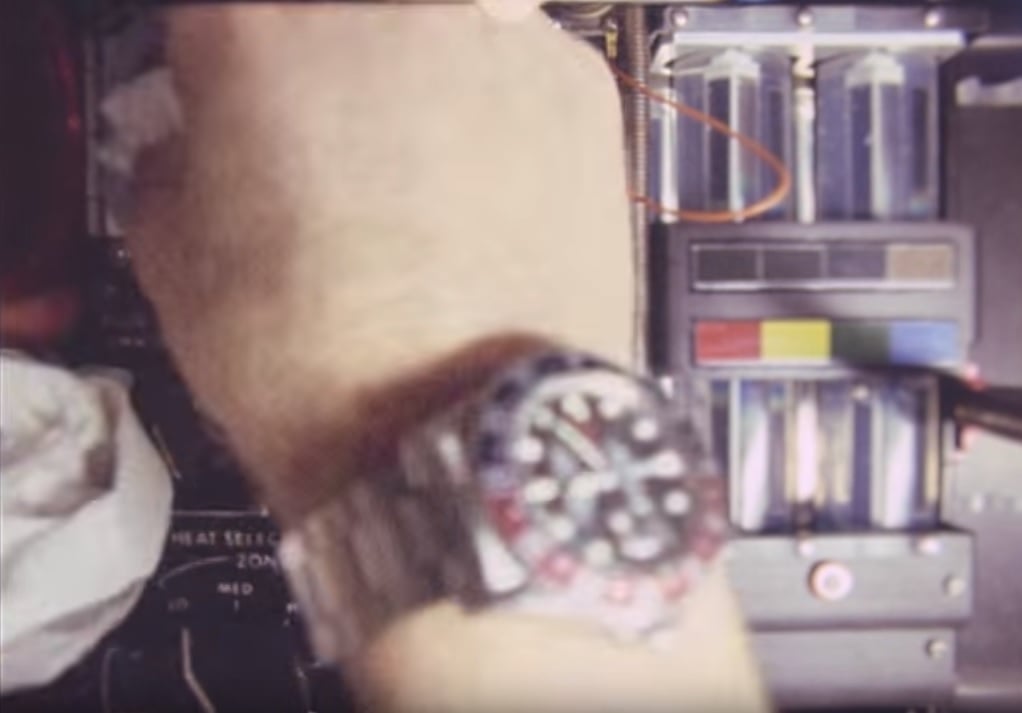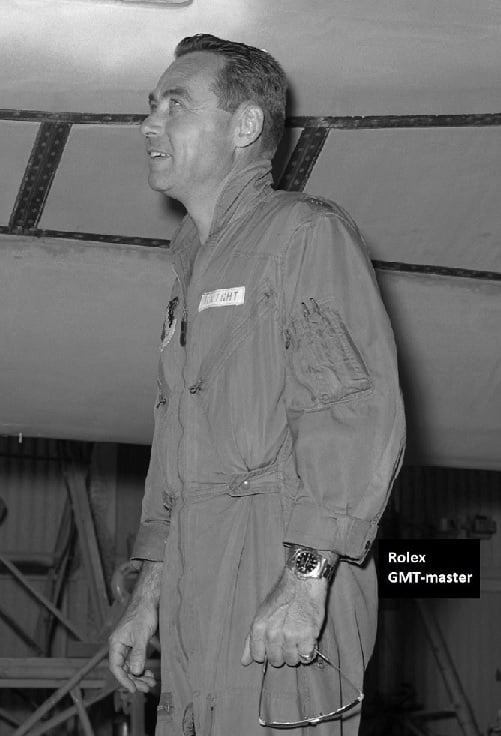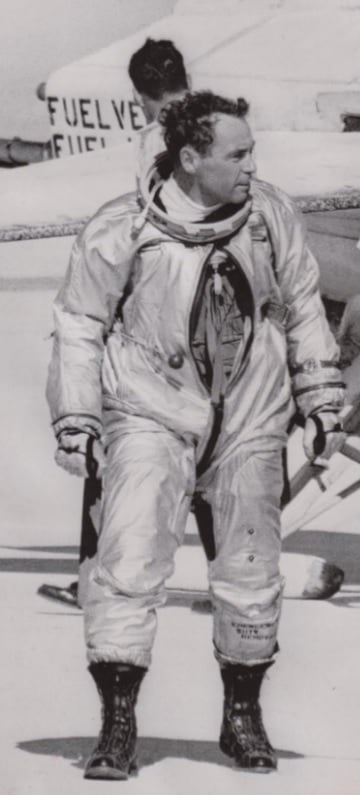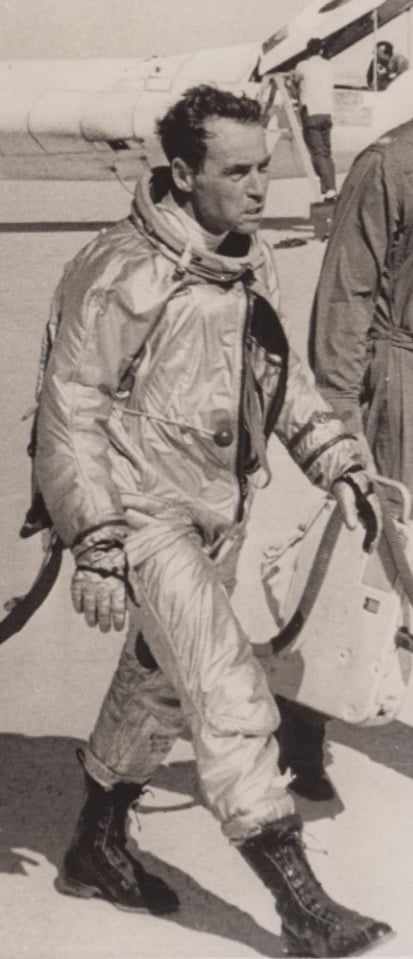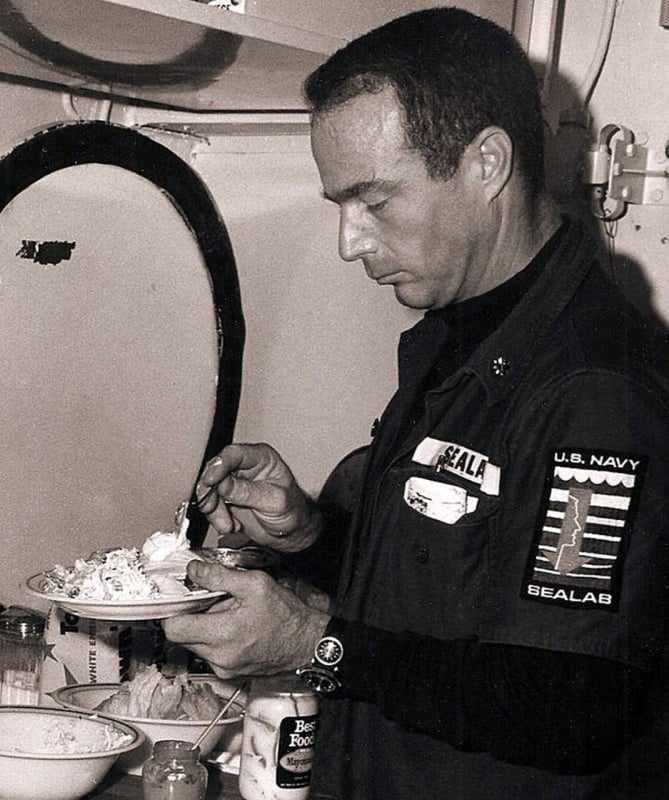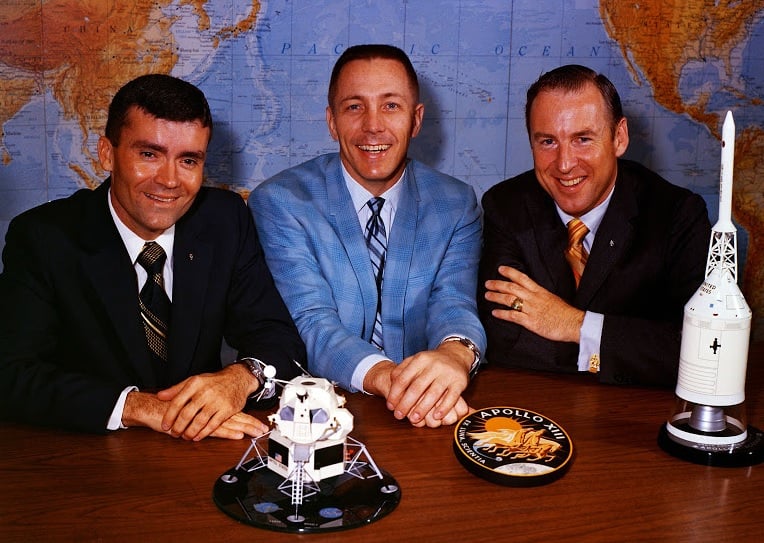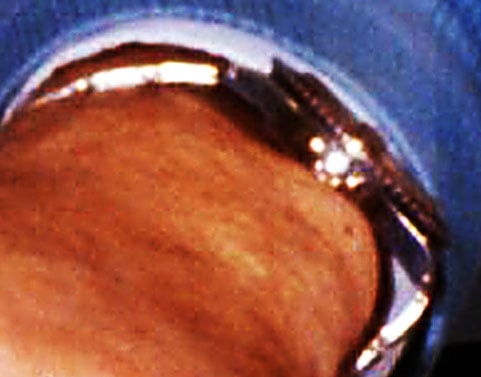Archer
··Omega Qualified WatchmakerI was clear that this was my own personal experience, and yes, the watches were serviced by Rolex (to the tune of 700 or 800 each time. (in the 90s) Would you prefer that I somehow take back what I wrote or tell you that it didn't happen? I stand to gain nothing by slandering Rolex mainsprings. I simply shared my disappointment in my experience with mainsprings in two of four Daytonas I have owned and used. Any reader here can take from that what he will. As a watchmaker who services chronographs on a regular basis, your experiences are clearly more valuable to someone conducting an empirical study. I am not disputing what you have observed in these "mid tier" level watches. I get it that around here you are one of the very few who can repair a complication, and I've heard good things about your work, but expressing to me that "if you want to believe there is more to it than just a bit of bad luck" is a tad condescending. I'm a grown man, public servant, military veteran, with a JD and a good bit of experience in all sorts of things. I've been handling "mid tier" watches for about 25 years now and repairing movements that aren't complicated for maybe 15. I'm allowed to state that I had watches that seemed too prone to breaking mainsprings. Can we leave it at that? If not, I'm afraid you'll have to continue without me.
Your experience is what it is. I've not denied that you had the experiences you did, only that they have lead to drawing conclusions that aren't warranted based on a sample size of 2 watches. There's no reason for you to take back what you said about what happened - I believe you. But to say this indicates that somehow these watches have mainsprings that are more susceptible to breakage just doesn't follow.
Coincidence
 Correlation.
Correlation.Is it possible that Rolex had a particular batch of bad springs from their supplier? Certainly. Is it possible that the watchmaker at Rolex inadvertently nicked the springs on installation, causing premature failures? Certainly. It is possible that you haven't mentioned that the watches were always kept on a winder, and that winder may have been set to more turns per day than was necessary to keep the watch wound, and that lead to premature failure of the springs through wear? Certainly. There are many scenarios that could have caused this - poor quality springs is only one of them.
I'm not making any accusations here to be clear, just pointing out that there are so many variables at play in this sort of situation that to make sweeping generalizations isn't terribly prudent. But as you say, YMMV.
I am going to reach out to a watchmaker group I belong to via an email distribution that covers 600+ watchmakers to see if anyone has observed any unusual failure rates on Daytonas that use the Zenith movement. It would still be a small sample size, but certainly more representative than 2 watches.
Cheers, Al




